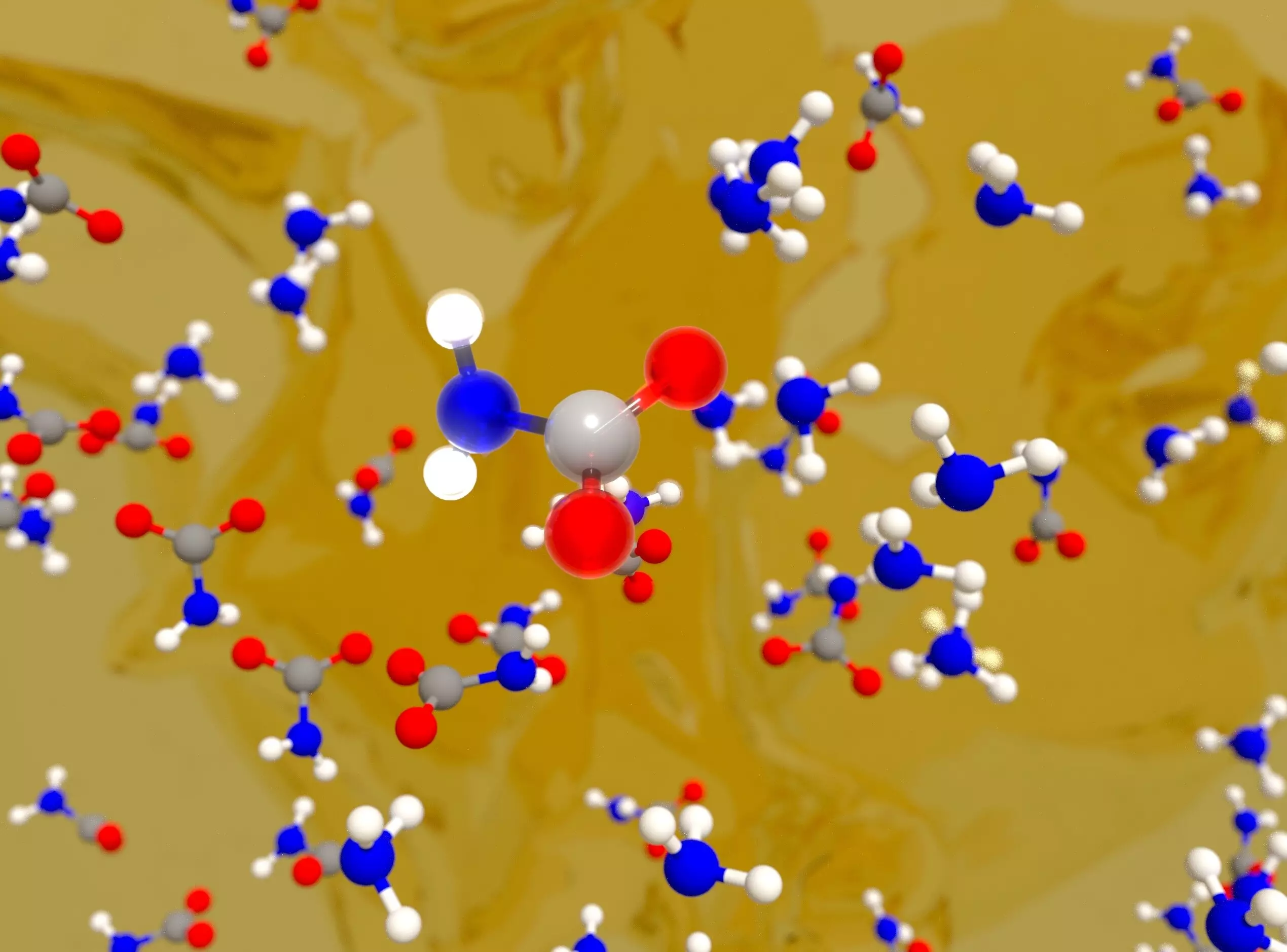In a significant advancement for environmental science and technology, researchers at Lawrence Livermore National Laboratory (LLNL) have harnessed machine learning to enhance our understanding of carbon dioxide (CO2) capture through amine-based sorbents. This innovative approach holds the promise of significantly improving direct air capture (DAC) methods, which are essential in combating climate change. Despite the increasing awareness and initiatives to decarbonize various sectors of the economy, projections from the U.S. Department of Energy indicate that a substantial portion of the nation’s energy production will continue to rely on non-renewable sources through to 2050. This stark reality highlights the critical need not only for the development of renewable energy technologies but also for effective strategies to manage and mitigate existing CO2 emissions.
Amine-based sorbents are becoming a focal point in the quest for reducing atmospheric CO2. These materials have demonstrated an impressive ability to capture CO2 even in conditions where its concentration is extraordinarily low. The affordability of these sorbents has facilitated their adoption by various companies, allowing for the practical scalability of DAC technology. As the challenges associated with global warming intensify, the development and optimization of these sorbents become increasingly vital. However, it is important to acknowledge the scientific hurdles that persist in fully understanding the complex chemical processes underlying their effectiveness in real-world conditions.
The LLNL scientific team has uncovered intriguing insights into the mechanisms of CO2 capture utilizing amines. Their advanced machine learning model demonstrates that the capture process involves the creation of a carbon-nitrogen bond between the CO2 molecule and the amino group of the sorbent. This interaction does not occur in isolation; it is accompanied by a series of solvent-mediated proton transfer reactions. These reactions play an instrumental role in stabilizing the captured CO2 and are influenced by quantum fluctuations of protons, presenting a multifaceted picture of the interaction dynamics at play.
Lead author Marcos Calegari Andrade remarked on the versatility of their findings, suggesting that the model can be adapted for various amines with different chemical structures. This adaptability underscores the potency of machine learning in elucidating fundamental chemical principles relevant to CO2 capture under conditions that resemble those found in practical applications.
The approach developed by the LLNL researchers is characterized by a unique combination of grand-canonical Monte Carlo simulations and enhanced sampling methods within molecular dynamics. This methodology has yielded quantitative insights that are directly correlatable to experimental outcomes. As a result, they have established a vital link between computational models and laboratory experiments, potentially revolutionizing the field of carbon capture research.
Co-corresponding author Sichi Li highlighted that integrating machine learning with sophisticated simulation techniques has created an unprecedented mechanism to reconcile theoretical predictions with empirical data regarding CO2 capture. This convergence of disciplines enriches our comprehension of the underlying chemical reactions and enables researchers to devise next-generation materials aimed at achieving net-zero greenhouse gas emissions.
Implications for Environmental Management
The implications of this research extend well beyond academic interest; they represent a significant step towards practical solutions for atmospheric CO2 reduction. With the potential to fine-tune amine-based sorbents and develop more efficient capture technologies, this work paves the way for a more sustainable approach to energy production and atmospheric CO2 management. Co-author Simon Pang succinctly described the essence of this advancement, emphasizing the necessity of continuous research to devise materials that not only mitigate climate impact but also foster a robust global effort against greenhouse gas emissions.
The collaboration between LLNL researchers, including Tuan Anh Pham and Sneha Akhade, highlights the vital role of interdisciplinary teamwork in scientific innovation. As the environmental challenges facing humanity evolve, so too must our strategies and technologies, making this research a beacon of hope in the fight against climate change.


Leave a Reply